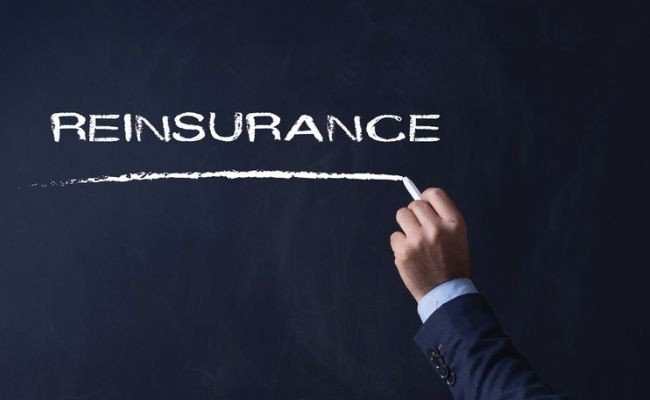Insurance is built on a simple premise: spreading risk. But what happens when the risks are too big for a single insurance company to handle? That’s where reinsurance comes in—a behind-the-scenes yet crucial player in the global insurance industry.
Reinsurance might not make headlines like car or health coverage, but it plays a vital role in keeping insurance systems stable, especially during large-scale disasters or economic shocks. If you’ve ever wondered how insurers stay afloat after major hurricanes, pandemics, or financial crises, the answer is often reinsurance.
What Is Reinsurance?
Reinsurance is essentially insurance for insurance companies. It involves a deal where one insurer (the “ceding company”) transfers a portion of its risk portfolio to another insurer (the “reinsurer”). This allows the primary insurer to remain financially stable and continue writing new policies—even after paying out large claims.
There are two major types of reinsurance:
-
Facultative Reinsurance: Covers a specific individual risk or contract. Each policy is negotiated separately.
-
Treaty Reinsurance: Covers a group or category of policies (like all homeowner’s insurance in a region), and it applies automatically under agreed terms.
Why Reinsurance Exists
Insurance companies are in the business of covering unpredictable events—but when disasters strike at scale, the losses can be staggering. Reinsurance helps insurers:
-
Protect their balance sheets from massive claims.
-
Expand their underwriting capacity, allowing them to take on more customers.
-
Stabilize premiums, keeping costs lower and more predictable for consumers.
-
Maintain solvency, especially when faced with catastrophic events.
In essence, reinsurance acts like a financial cushion. It’s a safety net that ensures your insurer stays healthy—so you can count on your claims being paid.
How It Actually Works
Let’s break it down with an example.
Imagine an insurance company has sold thousands of home insurance policies in a coastal city. Then a major hurricane hits. The total claims from the disaster exceed what the insurer can afford to pay on its own.
Thanks to a reinsurance agreement, the company shares the financial burden with a reinsurer. That reinsurer now helps cover a significant portion of those payouts—based on the agreed share in the reinsurance contract.
This keeps the original insurer from going bankrupt and ensures policyholders get their claims settled without disruption.
Reinsurance in Global Disasters
Reinsurance becomes especially critical in situations involving:
-
Natural disasters (earthquakes, floods, wildfires)
-
Pandemics (like COVID-19, where claims spike in health and business interruption coverage)
-
Terrorism or war-related events
-
Financial crises or market crashes
Without reinsurance, local and regional insurers would likely collapse under the weight of large losses—leaving people, businesses, and even entire economies vulnerable.
Who Are the Reinsurers?
Some of the world’s largest reinsurance companies include:
-
Munich Re (Germany)
-
Swiss Re (Switzerland)
-
Hannover Re
-
Lloyd’s of London (UK)
-
SCOR (France)
-
Berkshire Hathaway Reinsurance (USA)
These companies operate globally, often absorbing and redistributing risks across continents. They are deeply integrated into everything from life insurance to aviation and cybersecurity coverage.
Why It Matters to You
Even if you’ve never heard of reinsurance before, it’s affecting your life:
-
It keeps your insurance premiums lower by spreading risk.
-
It ensures your insurer stays solvent even in major disaster scenarios.
-
It gives smaller insurance companies the confidence to compete, improving service and options for customers.
In fact, without reinsurance, many insurers wouldn’t dare offer coverage in high-risk areas or emerging industries.
Reinsurance and Climate Change
As climate change intensifies the frequency and severity of natural disasters, reinsurance is under more pressure than ever. Reinsurers are now using advanced data models, AI, and satellite imagery to better price risk—and in some cases, declining to reinsure highly exposed areas unless major risk-reduction steps are taken.
This means policyholders in high-risk zones may face rising costs or limited coverage—further underlining how interconnected the system really is.
Also Check:
- Event Insurance: Do You Need It for Your Wedding or Concert?
- Remote workers Insurance: Why Insurance is Crucial?
- Seasonal Insurance Tips for Summer and Winter
- Top Insurance Scams And How To Avoid Them
- How to Insure Expensive Jewelry and Valuables
Final Thoughts
Reinsurance might be invisible to most people, but it’s the invisible backbone of the modern insurance system. It helps your insurer manage extreme events, innovate new products, and remain competitive.
The next time you buy insurance—be it for your car, your home, or your health—remember: there’s probably a reinsurer quietly standing behind your policy, helping to ensure that promises are kept, even in the most challenging of times.
